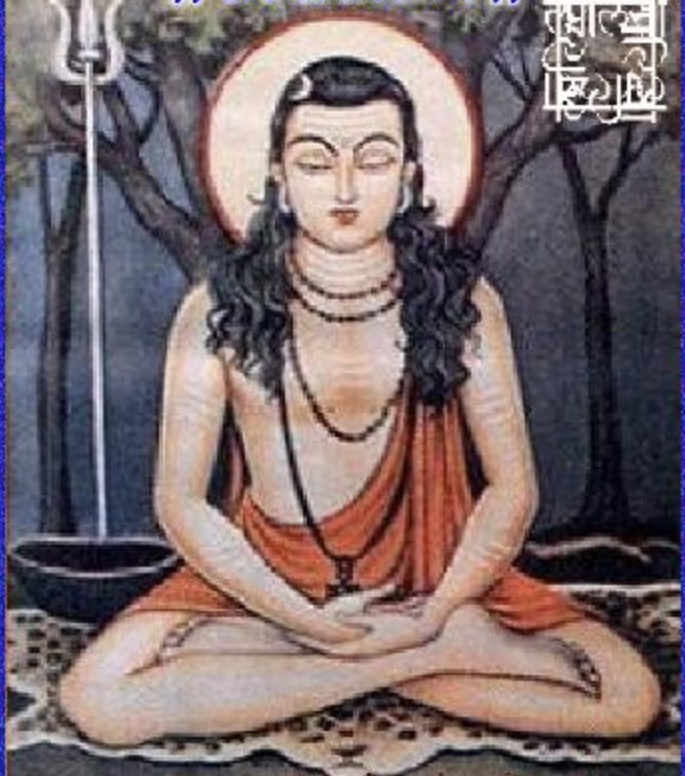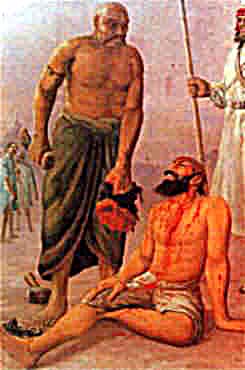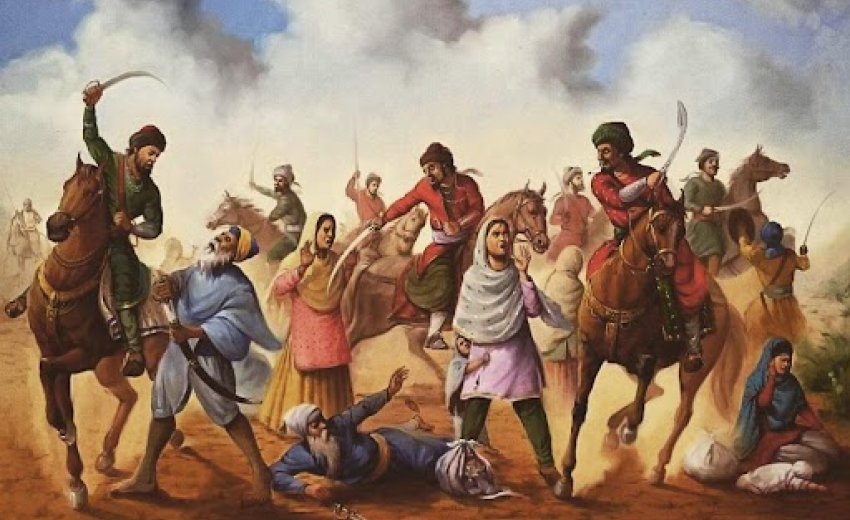Explore the rise of the Sikh community in verse with Giani Gian Singh's classic, Sri Guru Panth Prakash. A rich account of Sikh history and heritage.
Explore the bravery of Tara Singh Bhai, the Sikh martyr who defied persecution in 18th century Punjab, making a heroic stand against overwhelming odds.
AI PANTH, one of the twelve sects of yogis, whose adherents worship Ai Bhavani, a tribal female deity, believed to be an extension of Sakti. Siva in the form of ardhanarisvara is said to have two forms represented by his own halves. His right side is the male whose followers are called daksinacharis, whereas his left portion represents the female known as Sakti, the basic power also called Amba, Durga, Kali or Bhavani. Worshippers of the female aspect of Siva are called vamamargis, known for their peculiar beliefs and customs. They accept no taboos in the matter of food and accord religious sanction to sexual freedom.
Discover the valiant story of Taru Singh, a Sikh martyr from Punjab who selflessly supported exiled brethren. His legacy of faith endures.
AKAL TAKHT is the primary seat of Sikh religious authority and central altar for Sikh political assembly. Through hukamnamas, edicts or writes, it may issue decretals providing guidance or clarification on any point of Sikh doctrine or practice referred to it, may lay under penance personages charged with violation of religious discipline or with activity prejudicial to Sikh interests or solidarity and may place on record its appreciation of , outstanding services rendered or sacrifices made by individuals espousing the cause of Sikhism or of the Sikhs.
Discover the rich history of the Sikhs in 'Twankh Guru Khalsa,' chronicling their journey from origins to the British conquest. A must-read by Giani Gian Singh.
AKIL DAS, an eighteenth century head of the Handali sect of Jandiala in Amritsar district of the Punjab, also known as Haribhagat Niranjania, was an inveterate enemy of the Sikhs. Giani Gian Singh, Shamsher Khalsa, describes him as "Akul Das who basked in the name of Haribhagat." He was a State informer and revelled in spying on the Sikhs. He had had many of them arrested and executed. Most prominent among his victims were Bhai Taru Singh and Bhai Matab Singh Mirankotia.
Explore the pivotal 1762 battle of Vadda Ghallughara, a major holocaust in Sikh history, marking a fierce clash with Ahmad Shah Durrani.
ALI SINGH (d. 1716), a native of the village of Salaudi, near Sirhind, was in the service of Wazir Khan, the Mughal faujdar of Sirhind. According to Ratan Singh Bharigu, Prachin Panth Prakash, Wazir Khan, on learning of Banda Singh\'s advance from the South towards the Punjab under the orders of Guru Gobind Singh, called Ali Singh to his presence and taunted him with the remark that another Guru of theirs had appeared and that he should join him and bring him to Sirhind to be despatched after the previous Guru\'s sons.
Discover the legacy of Arur Singh, a dedicated reformer and hero, martyred at Nankana Sahib in 1921. Learn about his journey and impact.
- 1
- 2





